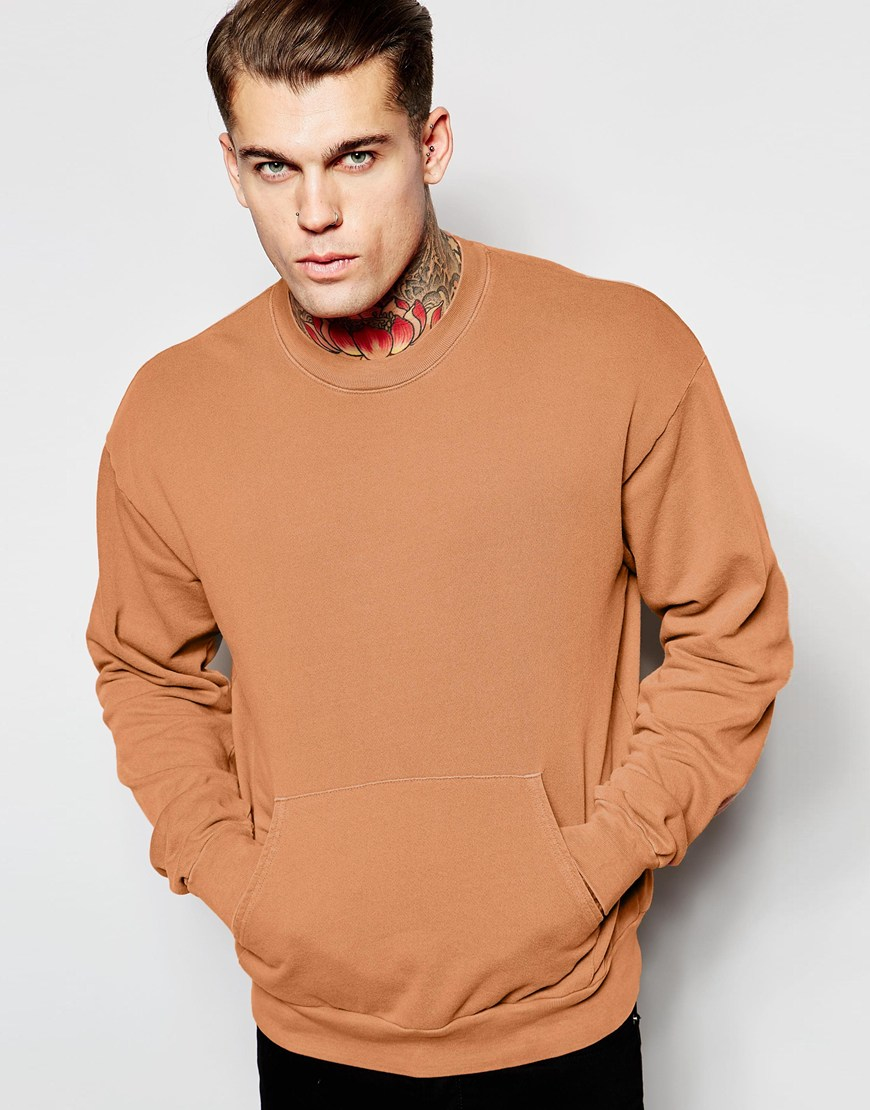What to Consider When Picking the Right Sweatshirt

Sweatshirts are long-sleeved pullover shirts that are typically made of thick cotton cloth. They are usually used as casual clothes but aren't as formal as sweaters or cardigans. They may not have an hood. If you're thinking of purchasing a sweatshirt, here are some tips:
The Norma Kamali brand spread the appeal of sweatshirts
Since the late 1970s, Norma Kamali has been transforming the simple sweatshirt into an art. Her designs have become the staple of almost all women's wardrobes. Her distinct designs include a tummy-tucking crew neck to leather-paneled sweatshirts. She has also created clothing with unique shapes, such as a tank top with a long trumpet skirt.
A collaboration of the designers and sweatshirt manufacturer Everlast gave rise to her Timeless collection, which was an instant hit when it was featured in the Spiegel spring 2006 catalog. The collection featured knits that could be interchangeable or convertible in classic shapes, and many pieces were priced under $20. Even the The Norma Kamali Timeless collection wasn't available in stores, customers could still find these pieces through eBay and Poshmark.

Merino wool sweatshirts feel more comfortable than soft sweatshirts
Merino wool is renowned for its moisture-wicking properties that help keep you comfortable and dry. It is a natural fiber and has a softer feel. The fabric also dries quickly in comparison to other natural materials. In addition, it is a sustainable resource. Merino sheep shed their coats each year and grow new ones.
Merino's weight-to-heat ratio is high, and the warmth of wool is what makes it a popular choice for sweatshirts. It aids in controlling body temperature due to its loft that naturally retains heat between the fibers. This is the reason Merino wool sweatshirts work ideal for summer as well as outdoor activities such as mountain biking and running. The warmth it offers helps keep the wearer cool and dry, which is crucial when working out.
Zip-front hoodies have kangaroo pocket
Kangaroo pocket hoodies are a popular style of hoodie. These hoodies feature a huge pocket at the front which keeps your hands warm on chilly days. They are also more practical than traditional pockets because they permit the hands to slide in and out easily.
The pockets of Kangaroos are typically big enough to accommodate a wallet or some other small personal items. sweater shirts are commonly big enough to hold one hand in a smaller size, and can even be sufficient to hold two hands. They feature wide openings on both sides and can be used to carry small objects.
French terry fabric is a very popular material for sweatshirt s
The French Terry fabric is composed of soft yarns that are knit into loops and are usually midweight. It is also renowned as a fabric that wicks away moisture and is pre-shrunk. French Terry is a fantastic option for sweatshirts as it keeps you warm when you require it and keeps you cool when you need to cool down.
French Terry is also a popular choice for loungewear, since it has enough stretch and flexibility to feel comfortable when you touch your body. It also allows enough air to circulate through the fabric, which makes it ideal for layering underneath other clothes. Furthermore, since it's lighter than other sweatshirts ">sweatshirts , you can wear it throughout the year without feeling warm or cold.
Hoodies have classist connotations

Although it could appear that hoodies are an appropriate attire item for those who are working class, the reality is that they are a symbol of class. Hoodies were first popularized in the early 1970s in New York, where graffiti artists wore them to hide their identities. In 1976, hoodies made their major debut in the film "Rocky," when the protagonist of the film was a working class man in gray sweats that were hooded during his memorable climb to the top of the Philadelphia Museum of Art.
Hoodies are usually associated with destruction, death, and other undesirable items, yet they serve a practical purpose. For instance, priests and monks might wear hoods in order to display the proper manner of dress and to focus on their inner self.
